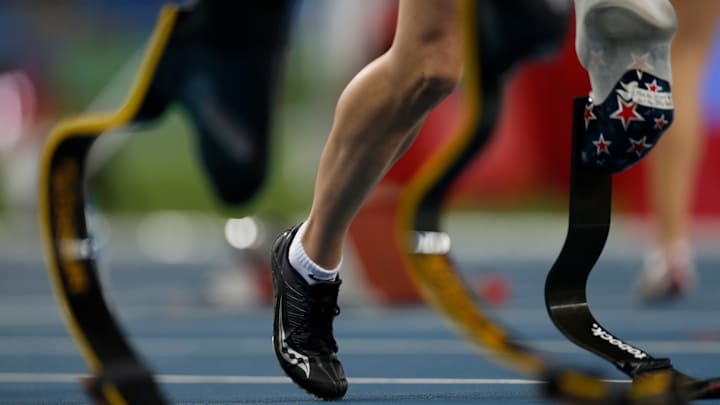AP PHOTOS: Records fall, attendance rises at Paralympics

RIO DE JANEIRO (AP) The Paralympic Games are in the home stretch, having overcome budget problems to stage a highly successful competition that has seen higher-than-expected attendance and a slew of record-setting performances.
About 4,350 athletes are competing, each with unique differences that have to be classified. Lines have to be drawn to group similar impairments, or impairments that yield similar results. There are 10 impairment groups based on physical, visual and intellectual criteria. But the 22 Paralympic sports adjust the groups to suit their individual events, swelling the classifications to hundreds.
The games needed a bailout from Brazil's government of almost $80 million to make it to the starting line. Only 200,000 tickets had been sold a few weeks before the opening ceremony Aug. 7, but officials said demand picked up and they had sold nearly their goal of 2.4 million. That is partly a result of the price for many tickets, only 10 Brazilian reals ($3) - an enticing offer in a country that is mired in its worst recession in decades.
The Paralympics are more than a benign version of the Olympics. In fact, a few performances have been better than the Olympics.
The top four runners in the men's 1,500-meter Sunday - in the T13 class for visually impaired - all had better times than the Olympic champion in last month's Rio Olympics, American Matthew Centrowitz. Abdellatif Baka of Algeria won in 3 minutes, 48.28 seconds. Centrowitz ran 3:50.00 in an admittedly slow, tactical race. Ethiopia's Tamiru Demisse in second, Kenya's Henry Kirwa at third and Algeria's Fouad Baka in fourth also beat Centrowitz's time.
In many countries, Paralympians get significantly less support than Olympians. The U.S. Olympic Committee awards athletes $25,000 for a gold medal. American Paralympic athletes get $5,000.
One sport at the Paralympics that doesn't appear in any form at the Olympics is goalball, in which athletes with visual impairments wear masks to completely block their vision. The athletes try to throw or roll the ball past the end line with opposing defenders trying to block the ball. The ball contains a bell so the athletes are able to react to the shot.
